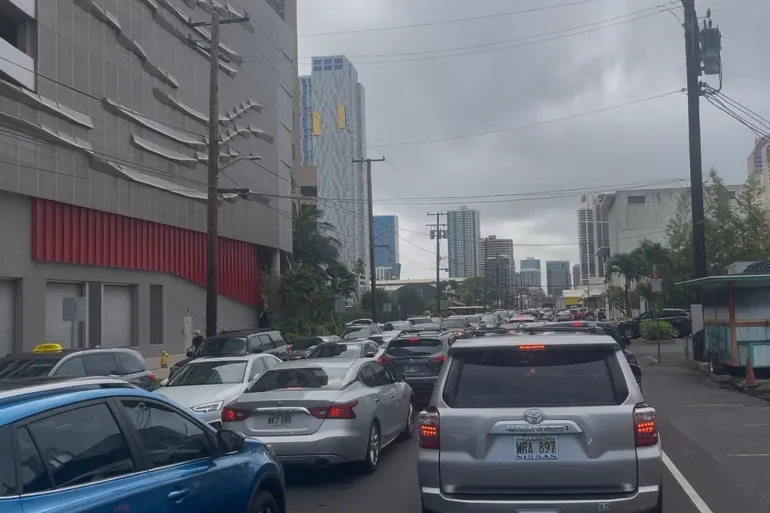Tsunami Warning in Hawaii: What residents should do

Tsunami Warning in Hawaii
Tsunami Warning in Hawaii: What residents should do
Massive Earthquake Sparks Widespread Tsunami Alerts
In the early hours of Wednesday local time, a magnitude 8.7 undersea earthquake rattled the Kuril Islands region near Russia’s Kamchatka Peninsula. The quake, one of the strongest recorded in the area in recent years, prompted immediate tsunami alerts in Japan, Russia, and Hawaii, according to the Pacific Tsunami Warning Center. The Hawaii Emergency Management Agency (HI-EMA) has activated emergency protocols and issued tsunami warnings for various coastal zones across the islands. Sirens have sounded in vulnerable locations, while civil defense teams are assisting with orderly evacuations.Evacuation Zones and High-Risk Areas in Hawaii
Emergency officials have designated evacuation zones in areas including Waikiki, Kahului, Hilo Bay, and several coastal communities on Oahu, Maui, Big Island, and Kauai. All residents in tsunami evacuation zones are advised to head to higher ground immediately or follow marked evacuation routes to designated safe areas.“Do not wait to see the wave,” said HI-EMA spokesperson Dana Kato. “If you are in an evacuation zone, leave now. The ocean may withdraw before the wave hits, giving little to no warning.”
What Hawaii Residents Should Do Right Now
- Evacuate Coastal Areas Immediately: If you’re in an evacuation zone or near the shore, move to higher ground. Do not delay.
- Stay Tuned to Emergency Alerts: Use battery-powered radios, NOAA weather alerts, or official apps to receive real-time updates. Avoid unverified social media rumors.
- Avoid Beaches and Harbors: The first wave is not always the most dangerous. Multiple waves may follow over several hours.
- Have an Emergency Kit Ready: Include water, food, flashlight, batteries, phone chargers, and personal medications.
- Assist the Vulnerable: Help children, the elderly, and neighbors with disabilities evacuate safely.
- Remain in Safe Zones Until Official “All Clear”: Don’t return home or move back toward the coast until authorities confirm it’s safe.


